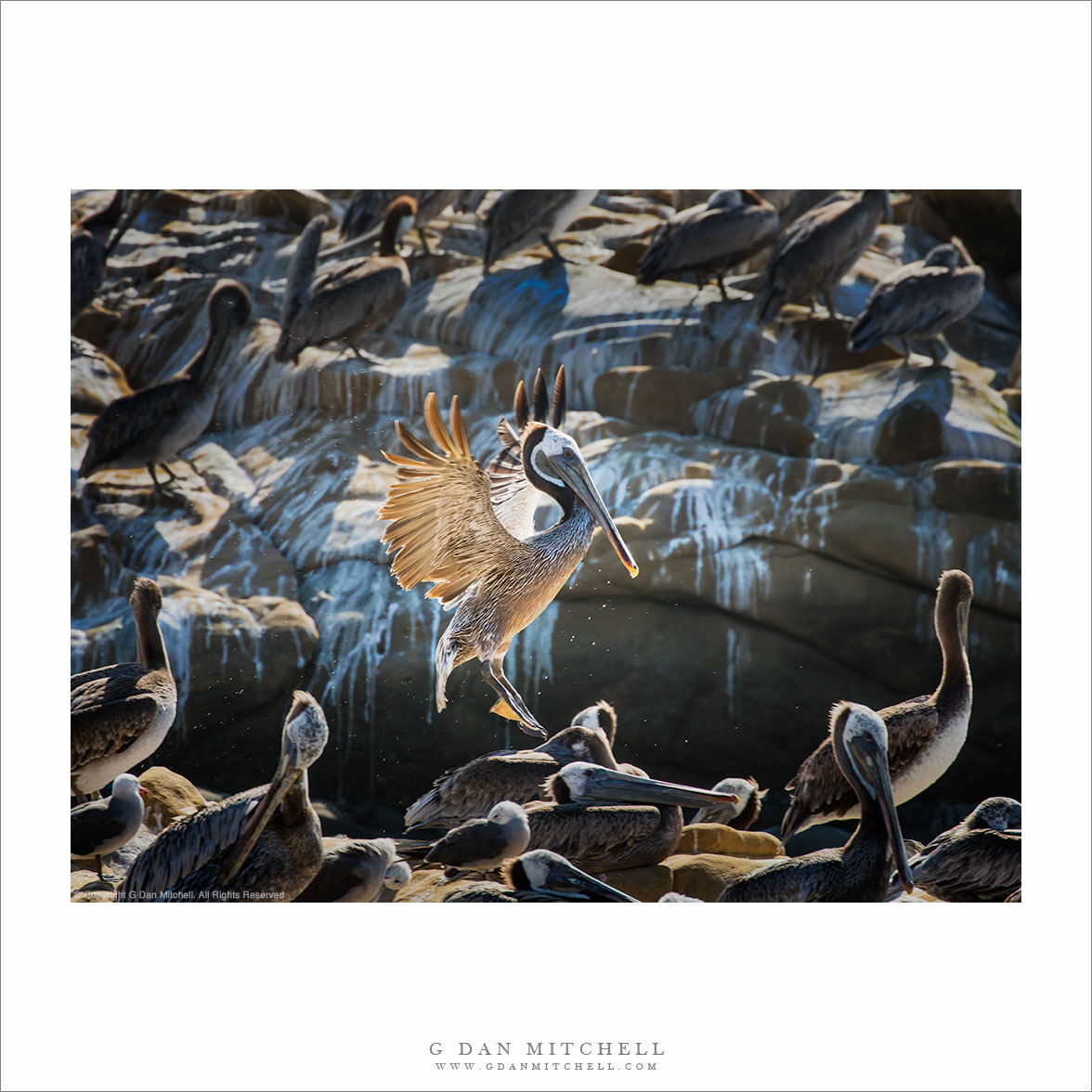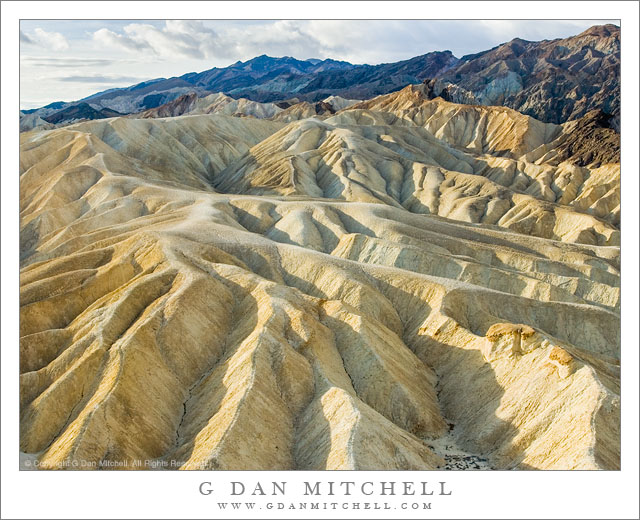Anyone doing work in a creative medium has had a conversation like one that someone I know just told me about. A person, perhaps a friend or acquaintance or possibly someone with a “cause” that is interesting and worthy, asks to use a photograph for free “just for my own personal use, and maybe to share with a few friends. I’d like to print up some cards and use it on my website. Just send me a high res file…”
Sigh.
This is one of the toughest requests to deal with, especially when it comes from a friend or valued acquaintance. The request seems so innocent, especially when it comes from people we know and especially when they are generally well-meaning. In fact, they often regard their interest in our work as a compliment. And it is a compliment on some level, and artists do appreciate it when others are moved by their work and are willing to say so.
(In truth, there are occasions when it is appropriate to ask, and there are some when which it is appropriate for us to say “yes.”)
From the perspective of the person making the request, it probably feels something like this:
I love your beautiful work! It moves me and I would like to share it! It is so beautiful that I would like to use it for my [insert proposed use here]. I want others to see your work. Can you send me a copy of the image that I can use? A high resolution file would be great! It will just be for “personal use” (broadly defined… ;-), so can I use it for free?
Here is what the artist hears:
I love your work! It moves me and means the world to me! It is wonderful and powerful and beautiful! But it isn’t worth anything and I think you should give it to me for free! And because I know you, I think you’ll feel obligated. Continue reading About That Free Use Thing…



